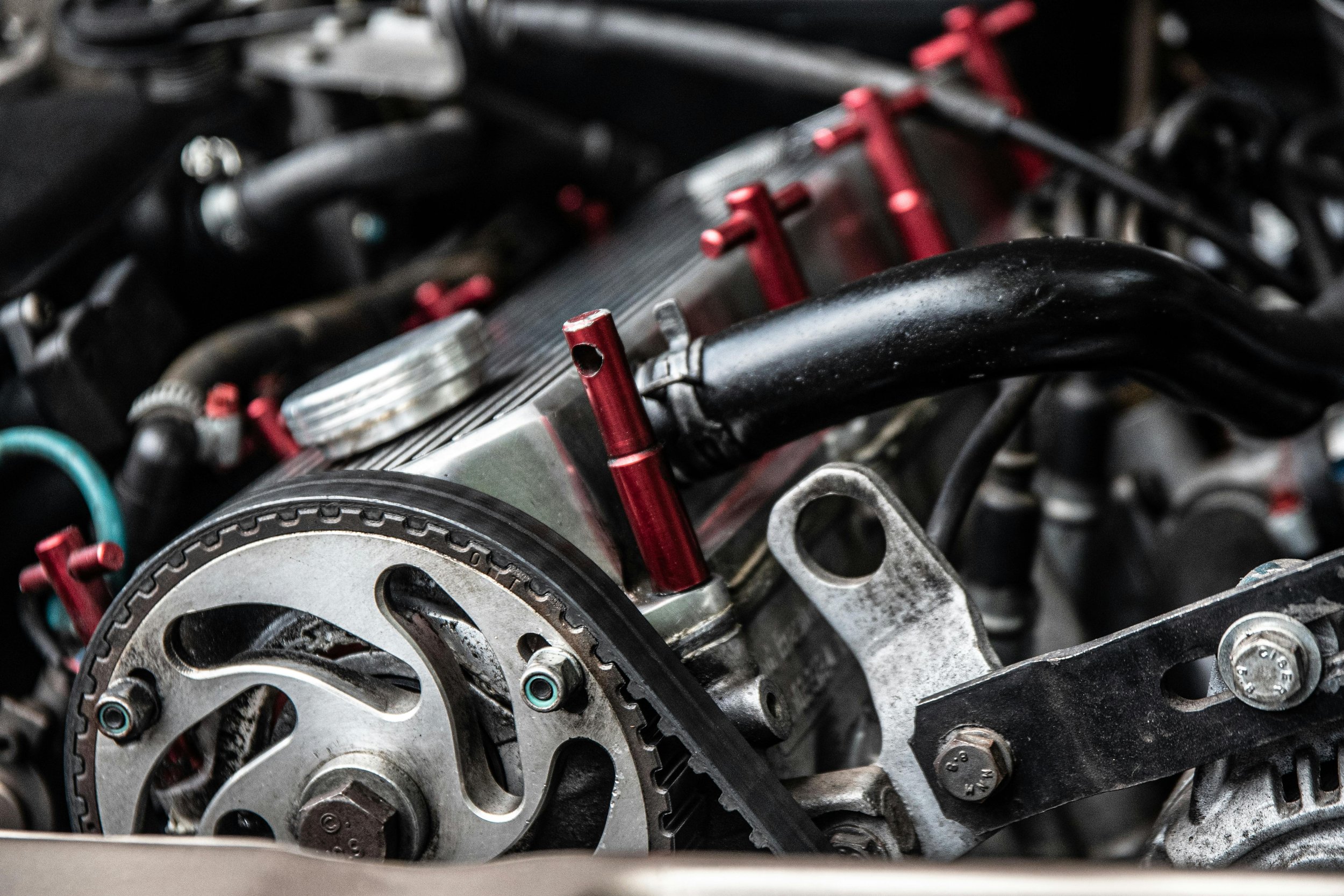
TIMING BELT
SERVICE
WHY ARE TIMING BELTS SO IMPORTANT TO REPLACE?


WHY ARE TIMING BELTS SO IMPORTANT TO REPLACE?
In interference engines, the timing belt synchronizes the rotation of the crankshaft and camshaft(s), ensuring that the valves open and close at the correct times in relation to the pistons' movement. If the timing belt were to fail, the valves could collide with the pistons, causing extensive damage to the engine. This can result in a complete engine failure and necessitate expensive repairs or even engine replacement.
Timing belts are made of rubber and other materials that degrade over time due to heat, stress, and exposure to oil and other contaminants in the engine bay. As the timing belt ages, it becomes more susceptible to cracking, stretching, or breaking, which can lead to catastrophic engine failure if not replaced in time.
Vehicle manufacturers provide recommended intervals for timing belt replacement based on factors such as mileage and time. Following these recommendations is crucial to prevent timing belt failure and associated engine damage. Ignoring these recommendations can void warranties and result in costly repairs.
Replacing the timing belt at the recommended intervals is a form of preventive maintenance that helps ensure the continued reliability and longevity of the engine. By proactively replacing the timing belt, you can avoid the risk of unexpected failure and the subsequent repair costs.
Timing belt replacement often involves accessing components such as the water pump, tensioner, and pulleys. These components may also wear out over time and are typically replaced as part of the timing belt service. Replacing these components along with the timing belt helps ensure optimal performance and reliability of the engine.
